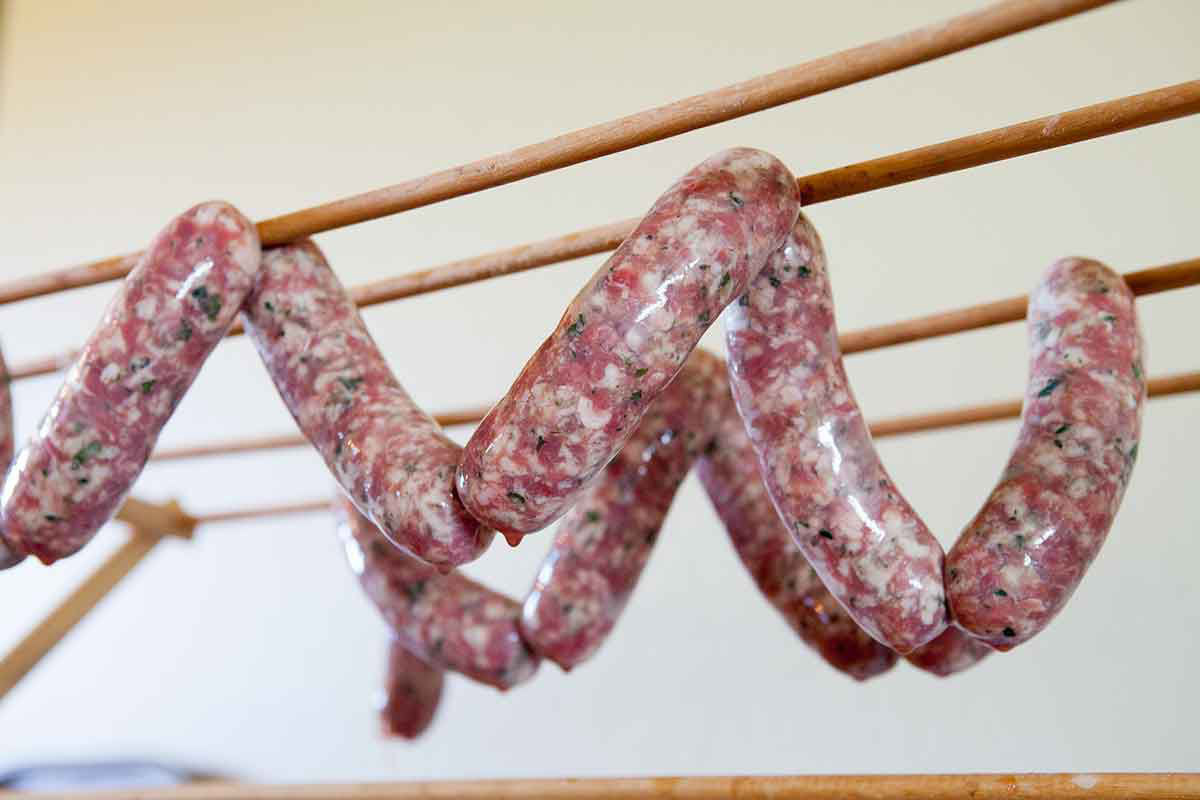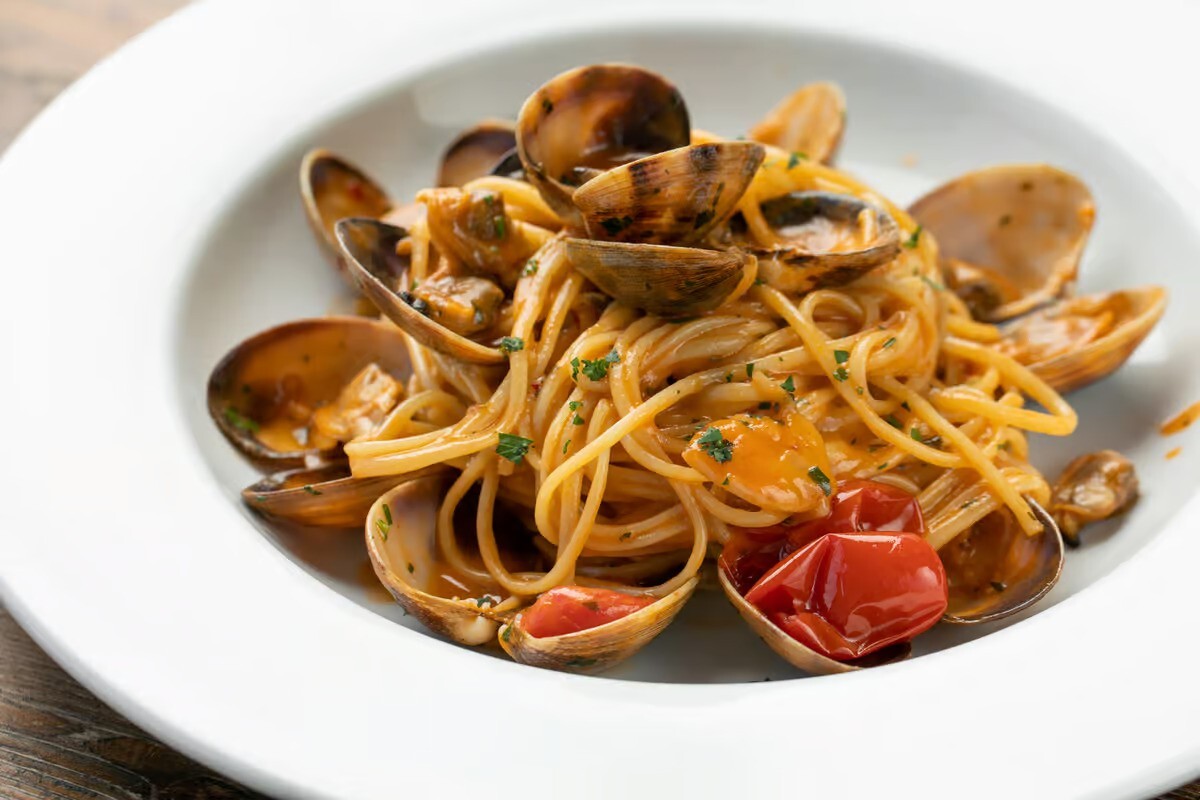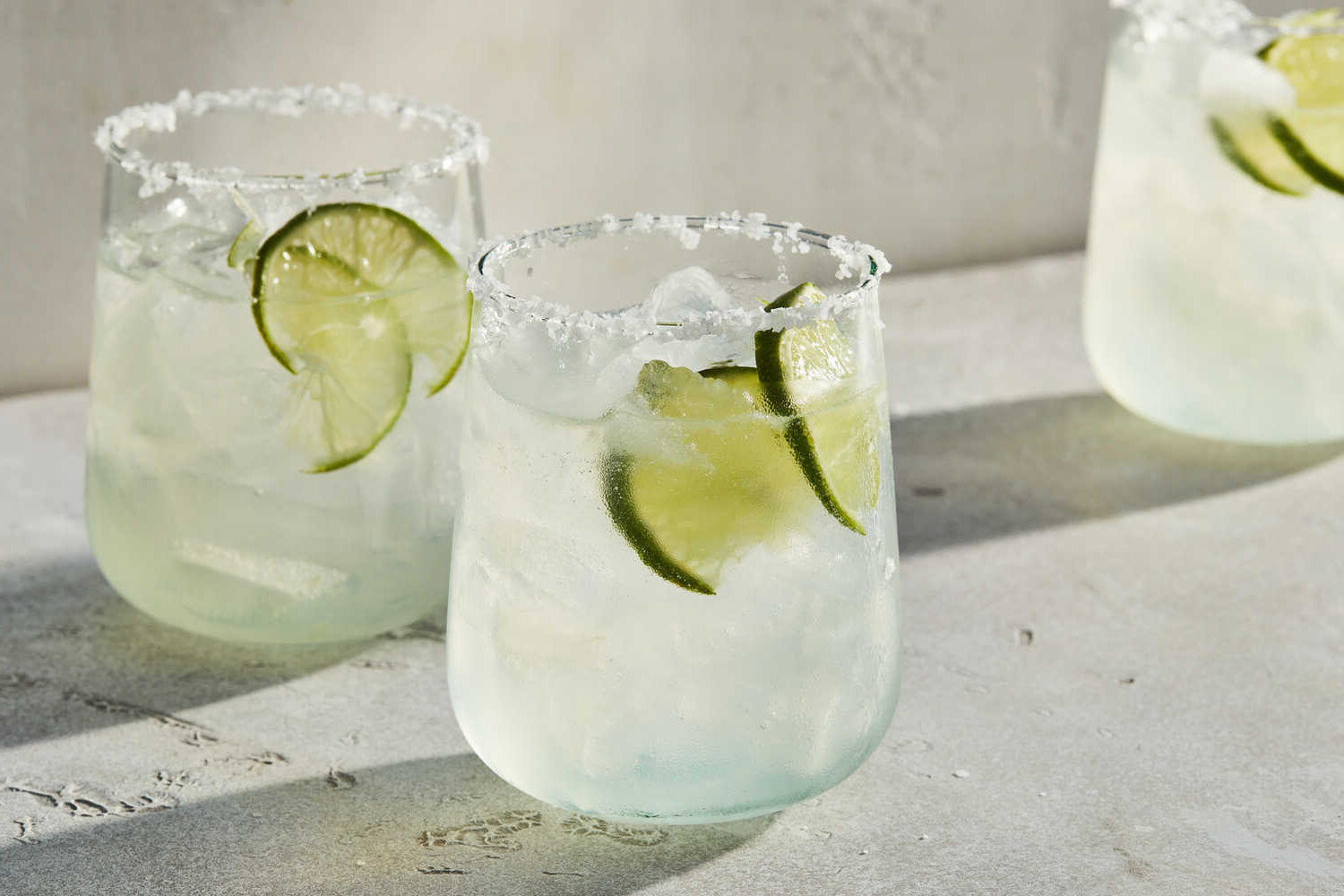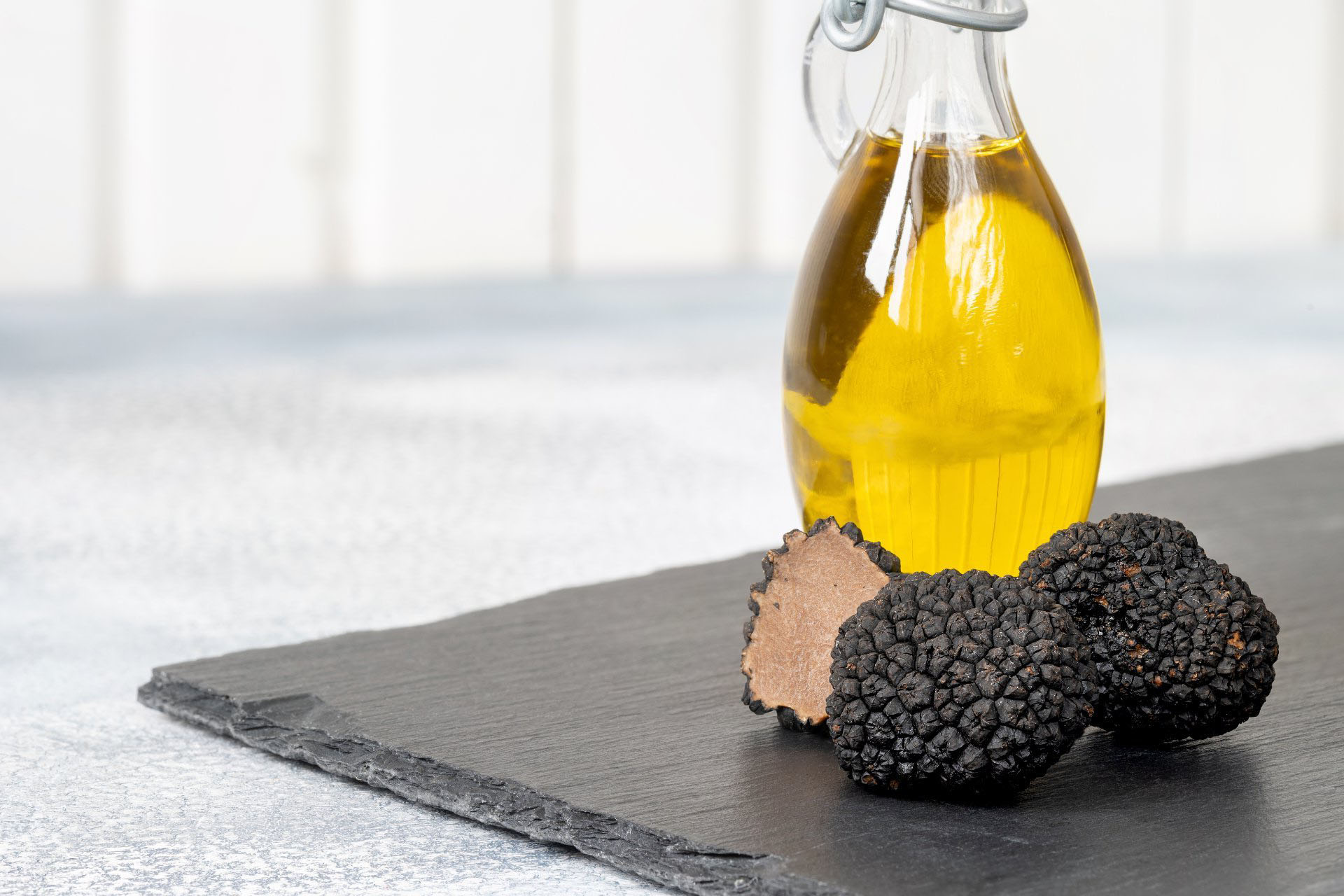Understanding the Difference: Wild Caught vs. Farm-Raised Salmon
Salmon is a popular and nutritious fish that is enjoyed by people all over the world. When shopping for salmon, you may come across the terms “wild caught” and “farm-raised.” But what exactly is the difference between these two types of salmon? Let’s take a closer look at the distinctions between wild caught and farm-raised salmon.
Wild Caught Salmon
Wild caught salmon refers to fish that are caught in their natural habitats, such as oceans, rivers, and lakes. These salmon are free to roam and feed on their natural diet, which typically includes small fish, plankton, and other marine organisms. Wild caught salmon have a more varied and natural diet, which can contribute to their distinct flavor and nutritional profile.
Key points about wild caught salmon:
- Harvested from natural habitats
- Feed on a natural diet
- Rich in omega-3 fatty acids
- Distinct flavor and texture
Farm-Raised Salmon
Farm-raised salmon, on the other hand, are raised in controlled environments such as fish farms and aquaculture facilities. These salmon are typically fed a diet formulated by the farmers, which may include fish meal, grains, and other ingredients. The controlled environment and diet can impact the flavor and nutritional content of farm-raised salmon.
Key points about farm-raised salmon:
- Raised in controlled environments
- Given formulated diets
- May contain lower levels of omega-3 fatty acids
- Consistent availability
Comparing Nutritional Profiles
When comparing the nutritional profiles of wild caught and farm-raised salmon, there are some notable differences to consider. Wild caught salmon are known for their higher levels of omega-3 fatty acids, which are beneficial for heart health and overall well-being. Additionally, wild caught salmon may have lower levels of saturated fat compared to farm-raised salmon.
On the other hand, farm-raised salmon may contain higher levels of omega-6 fatty acids due to their formulated diets. While both types of salmon are excellent sources of protein and essential nutrients, the differences in their diets and environments can lead to variations in their nutritional content.
Environmental and Sustainability Considerations
Another important factor to consider when choosing between wild caught and farm-raised salmon is the environmental impact. Wild caught salmon fishing practices can have an impact on natural ecosystems and wildlife, and overfishing can deplete wild salmon populations. On the other hand, responsible aquaculture practices can help meet the demand for salmon while minimizing the impact on wild fish populations and their habitats.
Flavor and Texture
When it comes to flavor and texture, many people believe that wild caught salmon has a richer, more robust flavor compared to farm-raised salmon. The varied diet and natural environment of wild caught salmon can contribute to its distinct taste and texture. Farm-raised salmon, while still flavorful, may have a milder taste and a slightly softer texture due to their controlled environment and diet.
Final Thoughts
Both wild caught and farm-raised salmon have their own unique characteristics and considerations. When making a decision, it’s essential to consider factors such as nutritional content, environmental impact, and personal preferences. Whether you choose wild caught or farm-raised salmon, incorporating this nutritious fish into your diet can provide a range of health benefits and delicious meal options.
Ultimately, the choice between wild caught and farm-raised salmon comes down to personal preferences, values, and availability. Whichever type you choose, enjoying salmon as part of a balanced diet can be a flavorful and nutritious addition to your meals.











